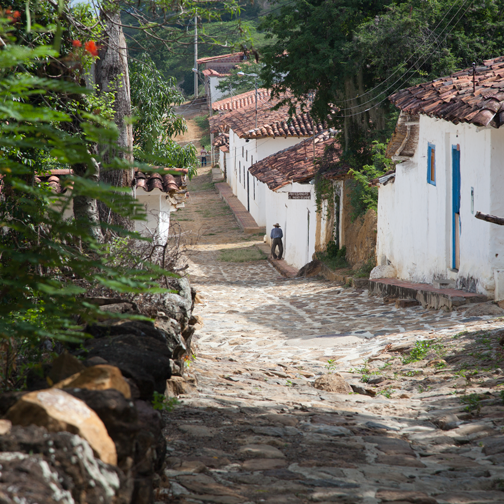
It was a little bit of a miracle that we even made it to Barichara.
Shortly after landing in Colombia, my sister made the grim realization that all the roads are curvy and that she’s really prone to motion sickness.
After suffering an excruciating 11-hour ride from Bogotá to Bucaramanga, in which I had to ask twice for barf bags, she made me swear we’d fly to Manizales instead of taking the bus. It was a half-hearted promise I made because I knew if we flew we’d miss out on Barichara.
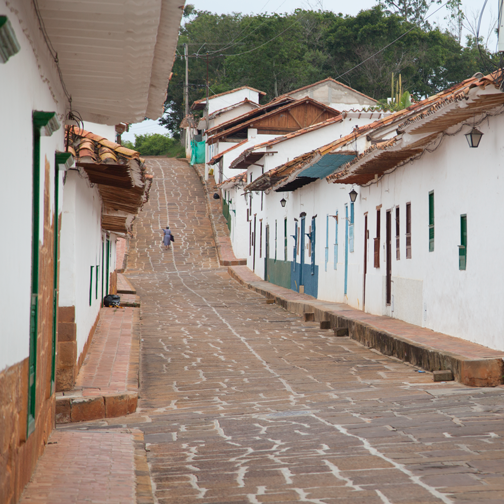
Barichara is a beautiful pueblo founded in 1702 in the department of Santander. If I weren’t studying for a Spanish exam, and my profe wasn’t regañandome, I’d spend more time trying to describe just how the afternoon sun illuminated the warm tones of the cobblestone streets.

There was a main cathedral and several more austere, yet beautifully constructed churches. The cemetery was filled with both flowering trees and brightly decorated graves.
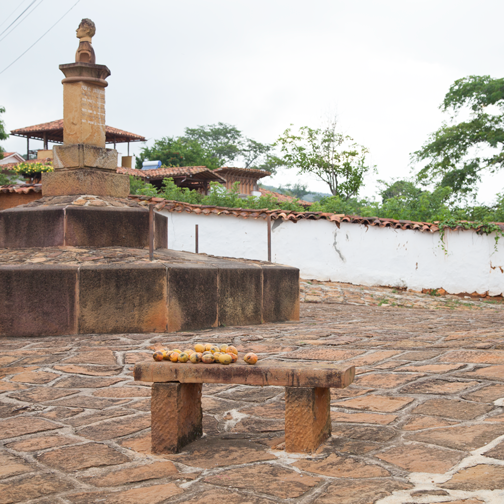
This part of the country is famous for a delicacy called hormigas culonas, big-butted ants. I bought a small batch for 8,000 pesos to share at school. They had a very earthy aftertaste that made one of the viglantes cry. Not out of happiness though. The mangoes we passed on our morning walk looked a lot more appetizing.
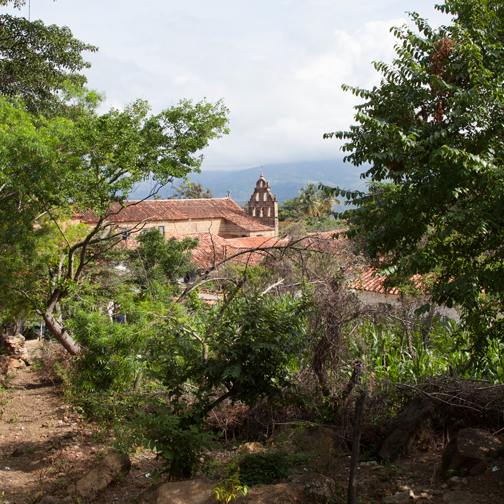
One of the most interesting things you can do in Barichara, in my honest opinion, is an early morning walk to Guane. It’s an older pueblo 9km away. The cobblestone roads are a bit more uneven (see the first photo) and the atmosphere is even more tranquil.
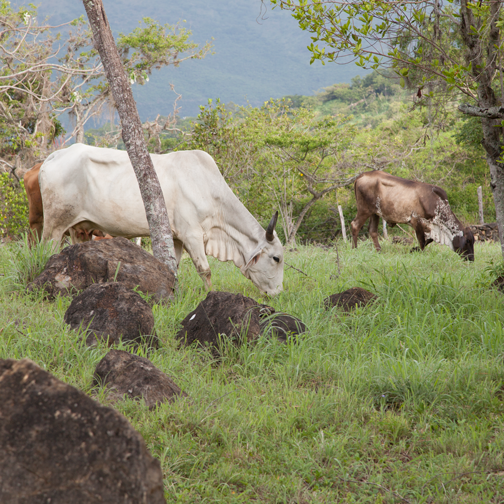
The walk from Barichara is a peaceful two-hour downhill stroll. We passed trees draped in moss and grazing cattle.
Near the end of the route was a small finca selling sodas. The energy had just gone out, but the drinks were still cool. The patio was filled with knick knacks for sale, most of it originating from the department of Santander instead of locally in Guane.
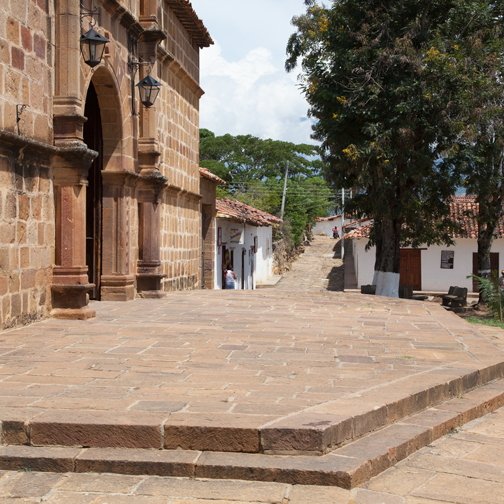
We ate breakfast in the courtyard of a colonial building while the house cat rubbed its calico head against our legs. Afterwards we visited the cathedral – taking note of the call to sisterhood, and then visited the local museum filled with artifacts from the indigenous Guane culture.
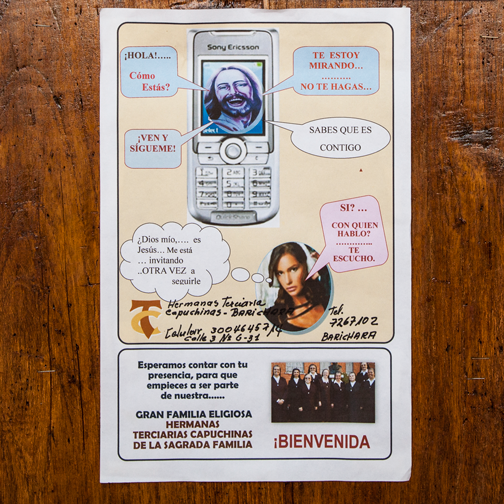
The afternoon was beginning to heat up, so we split the cost of a mini chiva back to Barichara with a foreign couple. The road hugged the curves of the hills and the little boy in front almost tumbled out the door, but Nan was fine. She was popping motion-sickness pills like candy. I’m glad they were working cause we still had a long trip back to Manizales.
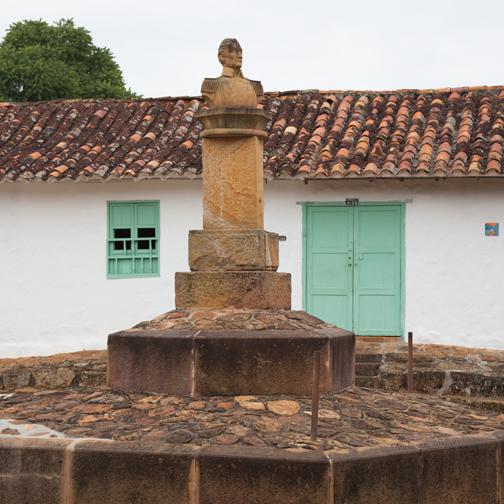
About: Barichara
How to get to Guane: There is a 2 hour walk or periodic buses. Inquire in the main plaza about the scheduled times. Once in Guane, you can hire a car to head back to Barichara. It’s flat-rate, so it’s cheaper if split between more people.
A two hour downhill walk sounds good.
LikeLike
It is a beautiful walk!
LikeLike